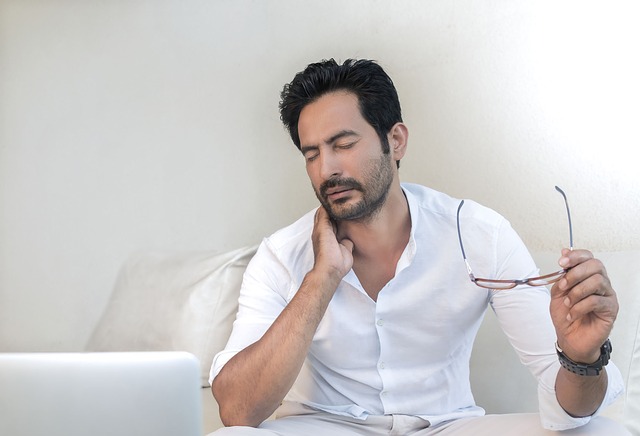How is Neck Pain Related to the Spine?
 Neck pain is closely related to the spine because it often originates from issues within the cervical spine, which is the uppermost part of the spinal column.
Neck pain is closely related to the spine because it often originates from issues within the cervical spine, which is the uppermost part of the spinal column.
The cervical spine consists of seven vertebrae, labeled C1 through C7, and it extends from the base of the skull to the top of the thoracic spine.
7 Ways Neck Pain is Related to the Spine
Vertebral Anatomy: The neck pain can result from problems within the cervical vertebrae. These issues may include disc degeneration, herniated discs, bone spurs, facet joint arthritis, or misalignment of the vertebrae. These conditions can cause irritation and compression of nerves, leading to pain.
Muscles and Ligaments: The cervical spine is surrounded by a complex network of muscles and ligaments that provide support and facilitate movement. Strain or injury to these soft tissues can cause neck pain.
Nerve Compression: Conditions like cervical radiculopathy or cervical stenosis can lead to the compression of spinal nerves in the neck. This can result in pain that radiates down the arm, along with other neurological symptoms like numbness and weakness.
Posture and Ergonomics: Poor posture and ergonomics, such as slouching or hunching over a computer, can strain the neck and lead to musculoskeletal neck pain. These issues are often related to the alignment and movement of the cervical spine.
Degenerative Changes: As people age, the cervical spine, like other parts of the spine, can undergo degenerative changes. This includes wear and tear on the discs and joints, which can lead to conditions like osteoarthritis and spondylosis that cause neck pain.
Trauma: Neck pain can also result from traumatic injuries such as whiplash, where the head and neck are forcefully jerked back and forth. These injuries can damage the structures of the cervical spine and surrounding tissues.
Medical Conditions: Certain medical conditions like rheumatoid arthritis or ankylosing spondylitis can affect the cervical spine and lead to neck pain.
Get Properly Evaluated
The proper evaluation and treatment of neck pain often involves diagnostic tests, physical examinations, and medical imaging, such as X-rays, CT scans, and MRI scans, to identify the underlying cause. Treatment approaches can vary depending on the cause of the pain and may include physical therapy, pain management techniques, medications, and in some cases, surgical intervention.
It’s important to consult with a medical professional or a spine specialist if you are experiencing persistent or severe neck pain, as they can provide an accurate diagnosis and develop an appropriate treatment plan based on the specific cause of your neck pain.
